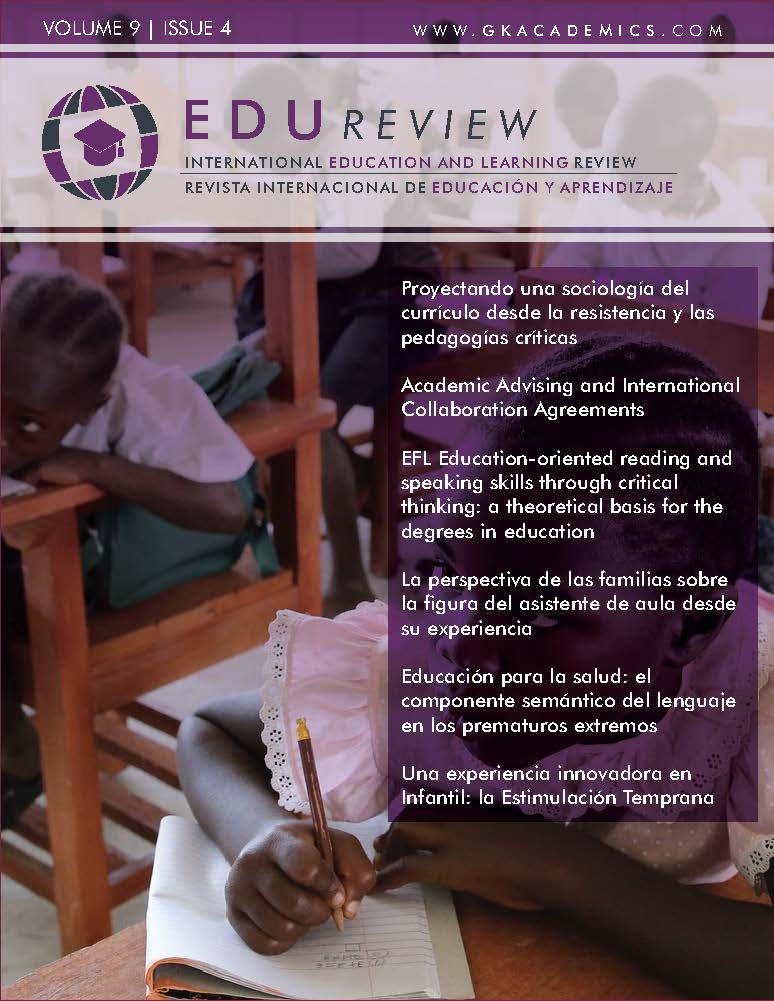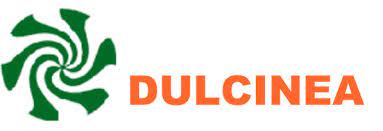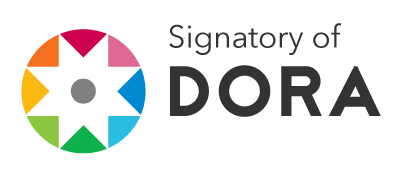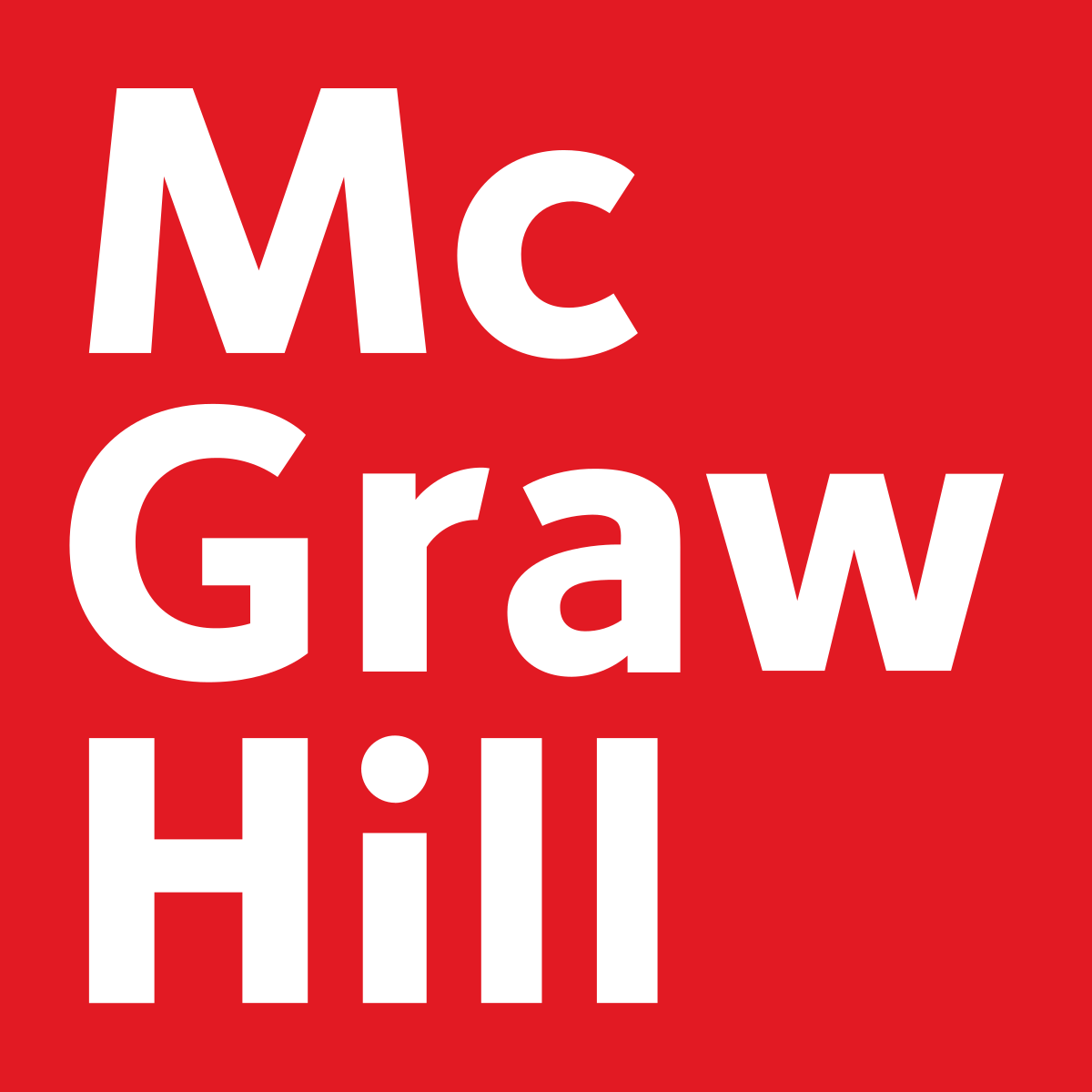An Innovative Experience in Pre-School: Early Stimulation
DOI:
https://doi.org/10.37467/gkarevedu.v9.3117Keywords:
Early Stimulation, Bits, Synapses, Crawling, Brachiation ladderAbstract
This research wants to contribute how, through the Innovative Experience of Early Stimulation, Pre-School students are able to live experiences that provide them with better opportunities for physical, intellectual, and social development so that their capabilities and skills allow them to be better than they would have been without such environment, rich in intellectual and physical stimuli of quality. The objective of this paper is the integral development of the student in all his scopes: intellectual, physical, emotional, and social development based on scientific knowledge of early stimulation that intervenes in how the brain acquires these capabilities.
Downloads
Global Statistics ℹ️
|
1459
Views
|
534
Downloads
|
|
1993
Total
|
|
References
Aranda, J.F., Cerrón, L. K., Londoñe, L. M. (2020). Neurociencia y Estimulación Temprana. Ed. Aranda.
Cabrera, M. C., y Sánchez, C. (1989). La estimulación precoz. Un enfoque práctico. Siglo XXI de España Editores.
Cantero, M.J., Viguer, P., Gómez, A. (2010). Intervención temprana. Desarrollo óptimo de 0 a 6 años. Ed. Pirámide.
Collado, A. (2005). Bases de la Atención Temprana: Psicología del desarrollo patológico. En Gutiez, P. (Ed.), Atención Temprana: prevención, detección e intervención en el desarrollo (0-6 años) y sus alteraciones. Editorial Complutense.
Estalayo, V. y Vega, R. (2021). Los métodos para el desarrollo de la inteligencia de los institutos para el desarrollo del potencial humano del Dr. Glenn Doman aplicados a la escuela. https://quenosemeolvide.files.wordpress.com/2010/11/el-mc3a9todo-doman-adaptado-a-la-escuela-vc3adctor-estalayo-y-rosario-vega.pdf
Estimulación temprana (2021). Etapas del Desarrollo. https://sites.google.com/site/mediosymetodose2/4-etapas-del-desarrollo
Mora, F. (2013). Neuroeducación: Sólo se puede aprender aquello que se ama. Alianza Editorial.
Ordoñez, M. y Tinajero, I. (2012). Estimulación temprana: Inteligencia emocional. Equipo cultural S.A.
Ortiz, S. y Guerrero, D. (2021). Método de estimulación temprana de Glenn Doman. https://www.disanedu.com/index.php/metodo-glenn-doman
Pérez, J., y Brito, A.G. (2004). Manual de Atención Temprana. Colección Psicología. Ed.: Pirámide.
Portage (2021). Guía Portage.
https://equipotecnicoorientaciongranada.files.wordpress.com/2015/12/gu-a-portage.doc
Propósito en familia (2021). Qué es el Método Doman [Vídeo].
https://www.youtube.com/watch?v=sVfA0xOH9V8
Pulido, S.C. (2005). Periodos críticos para el desarrollo del lenguaje. Revista de la Facultad de Psicología de la Universidad Cooperativa de Colombia.
San Gabriel (2021). Programa de Estimulación temprana. Colegio Pasionistas. Alcalá de Henares, Madrid. Recuperado en diciembre de 2021, de Web:
https://www.colegiosangabriel.com/images/OfertaEducativa/Innovacion/EstimulacionTemprana.pdf
UNESCO (2015). Replantear la educación. ¿Hacia un bien común mundial? Ediciones Unesco. Organización de las Naciones Unidas para la Educación, la Ciencia y la Cultura. Recuperado en marzo de 2018, de Web: http://unesdoc.unesco.org/images/0023/002326/232697s.pdf
Vergara, J.J. (2016). Aprendo porque quiero. El Aprendizaje Basado en Proyectos (ABP), paso a paso. Biblioteca Innovación Educativa.
Downloads
Published
How to Cite
Issue
Section
License
Those authors who publish in this journal accept the following terms:
-
Authors retain copyright.
-
Authors transfer to the journal the right of first publication. The journal also owns the publishing rights.
-
All published contents are governed by an Attribution-NoDerivatives 4.0 International License.
Access the informative version and legal text of the license. By virtue of this, third parties are allowed to use what is published as long as they mention the authorship of the work and the first publication in this journal. If you transform the material, you may not distribute the modified work. -
Authors may make other independent and additional contractual arrangements for non-exclusive distribution of the version of the article published in this journal (e.g., inclusion in an institutional repository or publication in a book) as long as they clearly indicate that the work was first published in this journal.
- Authors are allowed and recommended to publish their work on the Internet (for example on institutional and personal websites), following the publication of, and referencing the journal, as this could lead to constructive exchanges and a more extensive and quick circulation of published works (see The Effect of Open Access).













